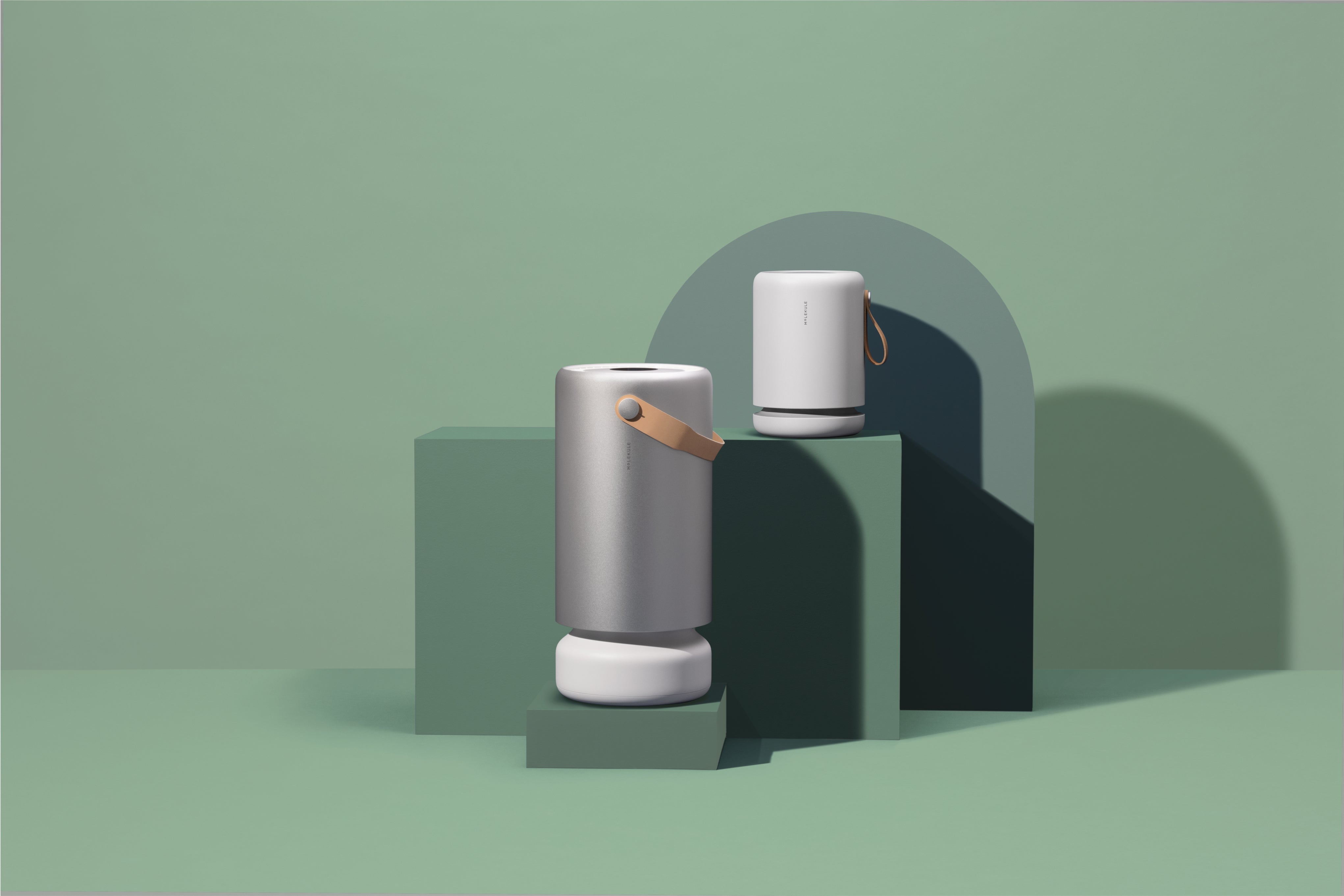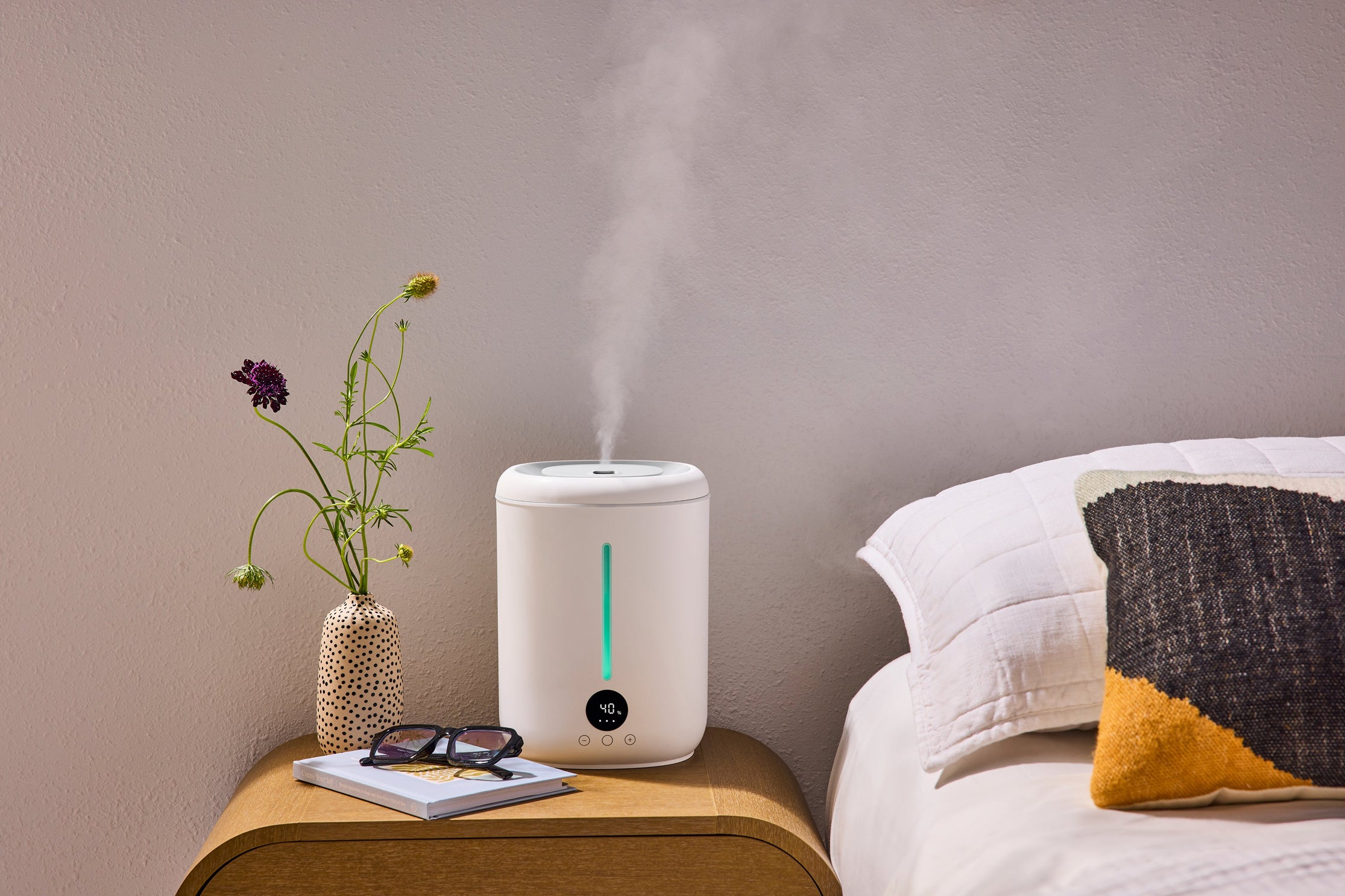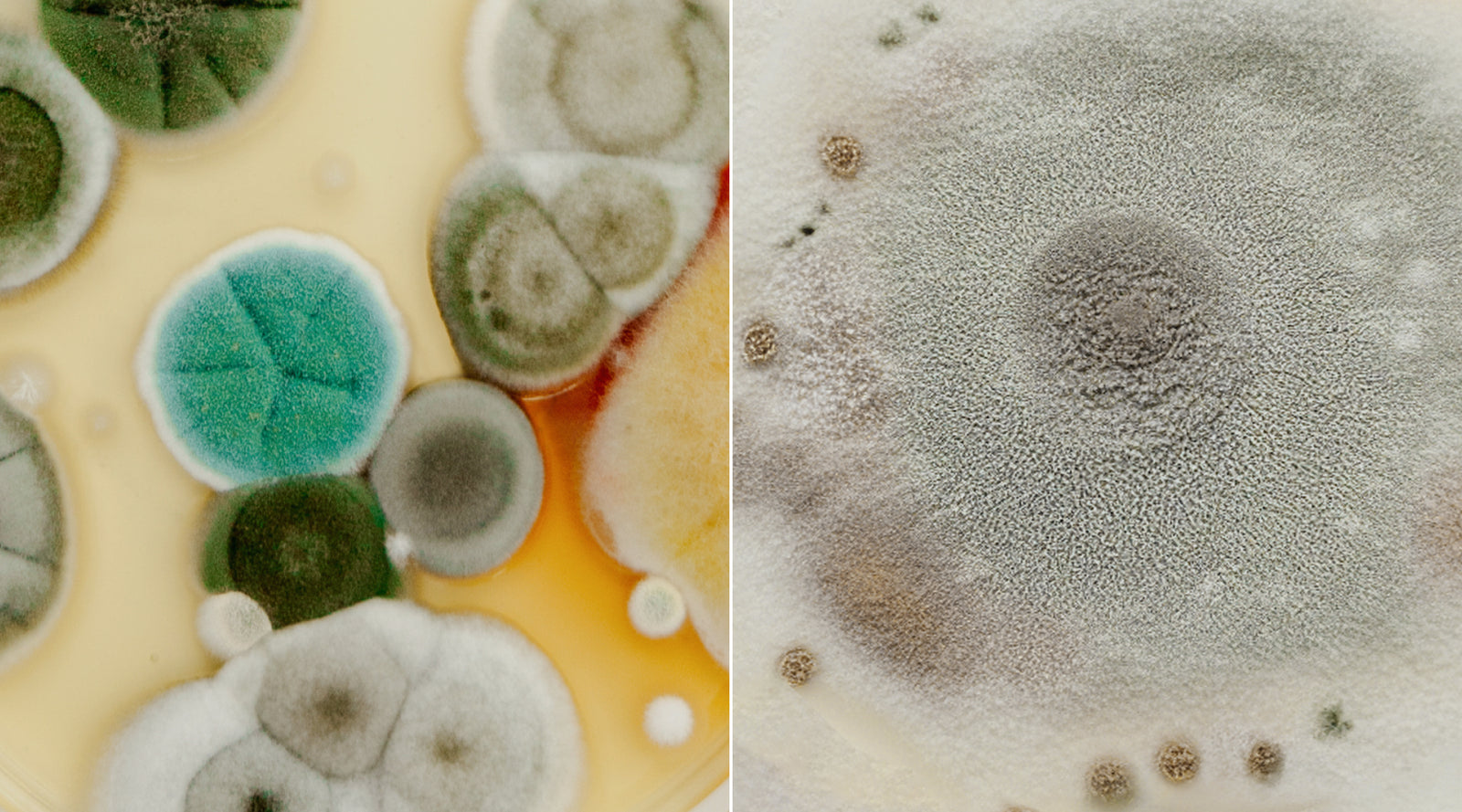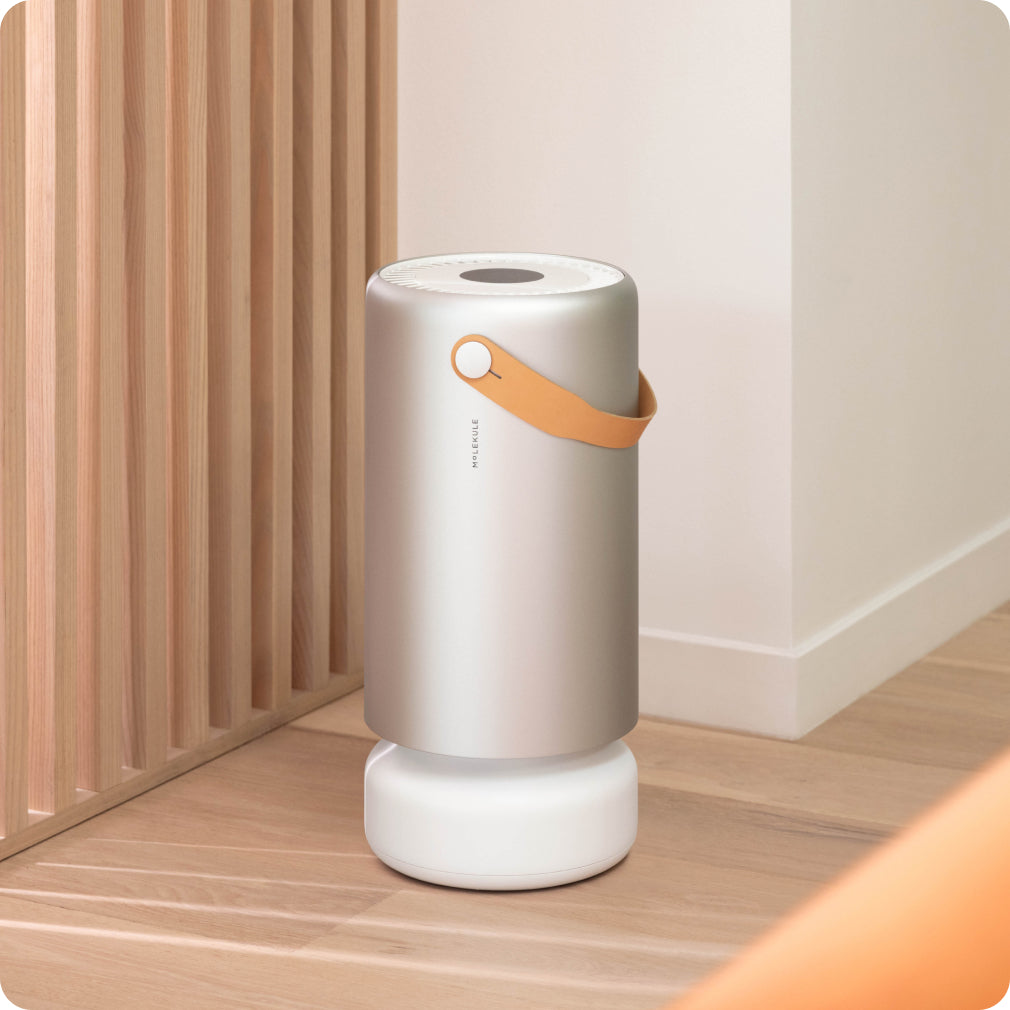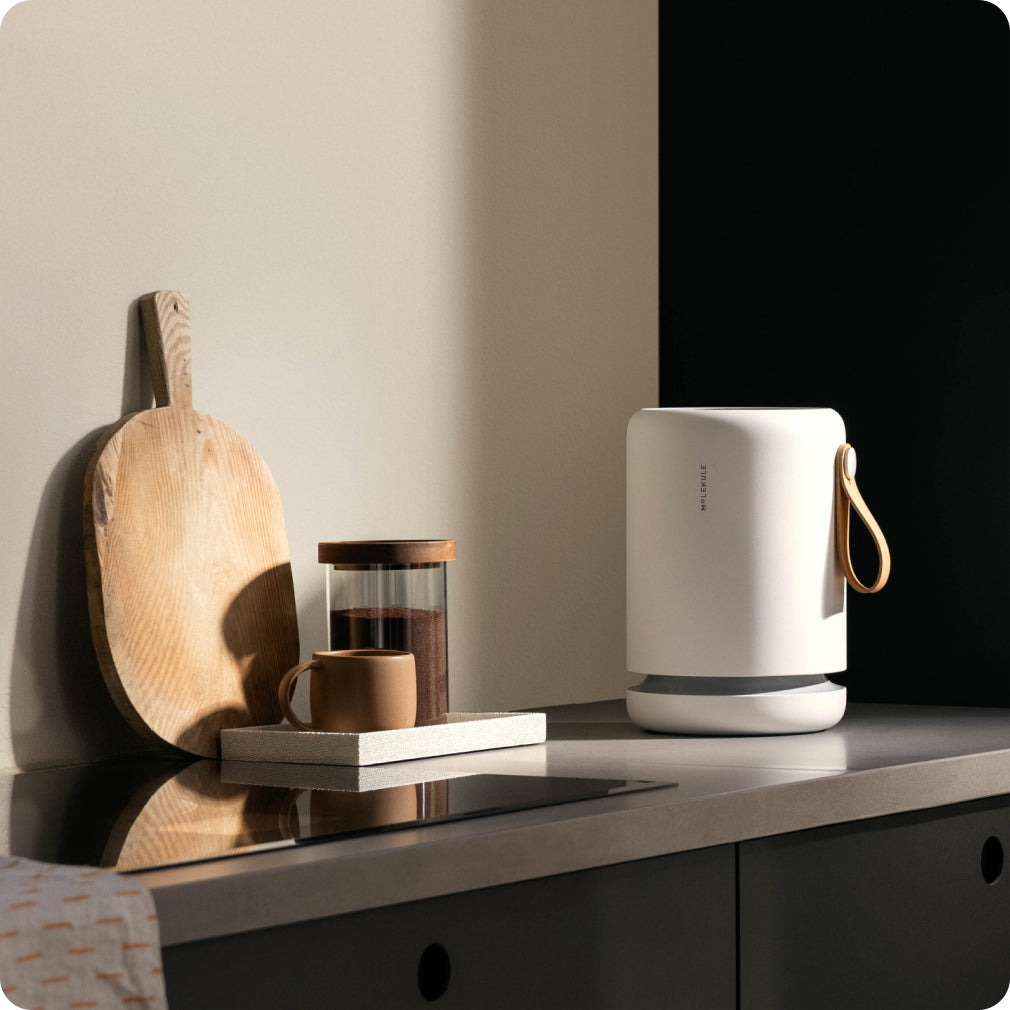Do you have mold in your home? Or is it mildew? Not sure? You are not alone. Many people are confused about the difference between mold and mildew, or if there is any difference at all. While these terms are often used interchangeably, there are a few subtle differences that can impact how mold or mildew is identified and treated.
When you want to know how mold and mildew could affect your health and the quality of your indoor air, it is important to understand all of their nuances. Keep reading to find out what are the differences between mold and mildew, how they may affect your health, and how to prevent both from growing in your home.
Mold vs. Mildew: Is there a difference?
Mildew is a kind of mold, which means mold and mildew have a lot in common. They are both fungi, are often found inside homes, thrive in moist environments, spread from surface to surface easily, and may cause problems with your health and your home.
So, is there really even a difference between mold and mildew? Yes, there are certain characteristics that differentiate mildew from other molds. Let us take a look at each mold and mildew–what it looks and smells like, where it grows, and the risks it poses.
What is mold?
Mold is a fungus that grows from microscopic spores floating in the air. All kinds of mold are found everywhere in nature and are quite important to the ecosystem — they help with the decomposition of organic materials like dead trees and fallen leaves. This process allows the nutrients that those natural materials contain to be released back into the soil, becoming available for living organisms to use.
While important to nature, mold may be harmful when it grows indoors. Not only can it cause health problems, it can also cause structural and cosmetic damage to homes and other buildings. When mold spores reproduce and form clusters, it becomes visible to the human eye and can be identified as mold.
According to the Centers for Disease Control and Prevention (CDC), “no one knows how many species of fungi exist but estimates range from tens of thousands to perhaps three hundred thousand or more. Molds grow best in warm, damp, and humid conditions, and spread and reproduce by making spores.”
How can mold affect your health?
You have probably heard stories about people who have gotten sick from mold. You may even think, like many do, that people only become sick when there is black mold, or an obvious infestation. This could not be further from the truth.
If you have mold allergies or a respiratory condition like asthma, you may be aware when you are exposed to mold because it might aggravate your symptoms. If you do not have an allergy or sensitivity to mold, you may not be aware that there is any in your home until you see or smell it.
According to the Mayo Clinic, exposure to mold may cause signs and symptoms of respiratory allergies, including:
- Sneezing
- Runny or stuffy nose
- Dry, scaly skin
- Itchy eyes, nose, and throat
If the person has a mold allergy as well as asthma, exposure to mold may cause:
- Coughing
- Wheezing
- Chest tightness
- Shortness of breath
The severity of these mold exposure symptoms can range from mild to severe, depending on your age, as well as your overall health. If you do have a mold allergy, you may be allergic to specific types of mold. Some of the most common molds that cause allergic reactions include:
- Aspergillus
- Penicillium
- Cladosporium
- Alternaria
- Stachybotrys
If you are not sure if you have a mold allergy, you can have an allergen-specific test performed by your doctor.
Where does mold grow in a home?
Mold is naturally found outside and spores can be carried inside your home on your clothes or through your pets. It is recommended that you check for mold in your home and take measures to prevent and remove it.
While mold growth in a home can happen due to unfortunate events like flooding, mold can grow even with “normal” home conditions. Mold loves warmth, darkness, oxygen, and moisture — all of the things that help it thrive. Places that fit this welcoming environment to mold can be found all over your home — from your shower to your mattress to the insulation in your attic.
How to identify mold
Mold can grow and spread quickly, causing structural and cosmetic damage, so it is a good idea to inspect your home for mold regularly. There are two primary ways to identify whether you have mold growing in your home: sight and smell.
What does mold look like?
Mold grows by extending long filaments that can appear fuzzy to the human eye. Mold can be many different colors — black, white, gray, blue, green, brown, or yellow. When mold is present on a surface, it usually appears in irregular spots.
Remember how mold helps to decompose organic material outside? It does the same thing indoors. When mold growth is heavy, you may find that the material underneath is rotting due to the mold breaking down the material.
What does mold smell like?
Though mold does not always have a strong smell, when it does it is often described as “musty.” As mold grows, it can emit gases known as microbial volatile organic compounds (MVOCs). Technically, it is not just a musty smell — it is the chemical compounds released at different stages of the mold’s growth.
What is mildew?
Put simply, mildew is a kind of mold that tends to grow on flat, moist surfaces. This tendency to grow on flat surfaces is one of the main differences that can exist between mold and mildew.
While mildew can cause damage to a home, the damage is usually more cosmetic. In nature, however, mildew can be very destructive to plants and food crops. Similarly, mildew may pose health risks but, again, not quite to the same extent that mold does.
According to the Federal Emergency Management Agency (FEMA), mildew is considered to be early-stage mold. Certainly, it is less harmful and much easier to treat than fully grown mold is.
How can mildew affect your health?
Mildew can be dangerous. While mildew is mostly known for its negative effect on plants and crops when it grows outdoors, it may also impact your health (the same as mold) if you breathe in the spores. The same potential health issues exist with mildew as they do with mold. Some of these symptoms according to FEMA include respiratory issues like wheezing, nasal and sinus congestion, eye, nose or throat irritation, and headaches.
If mildew is not removed, it will continue to grow and these symptoms may become worse. If you or someone in your household is experiencing these symptoms and is sensitive to mold, it is a good idea to inspect your home to find any problem areas.
Where does mildew grow in a home?
Most often, you can find mildew on window sills and shower walls, to name a couple of places—wherever moisture levels are high. It needs the same elements mold needs to grow—warmth, darkness, oxygen, and moisture. When these conditions are present, mildew can readily grow on a surface.
How to identify mildew
Mildew grows and spreads just as quickly as other molds, though the damage caused by it is usually cosmetic and can be treated without much trouble (more on how to treat mildew below). Sight and smell are still the two easiest ways to identify whether mildew is growing in your home.
What does mildew look like?
Mildew either has a powdery or downy texture. The powdery type of mildew is white when it first begins to grow but can turn yellow, black, or brown. Downy mildew starts out yellow and turns brown as it ages. Both types of mildew growth appear flat as they grow on flat surfaces.
What does mildew smell like?
Mildew, like other molds, has a musty smell that is caused by MVOCs. If your home smells musty, it could be mildew or other molds. You will have to visually confirm which one it is, or have a professional come to your home to test for both.

How can you prevent and treat mold and mildew in your home?
Now that we have gone over how mold and mildew are different, you probably want to know how you can prevent and treat both in your home. Prevention is always the best method for keeping your family healthy and your home free of damage.
How can you prevent mold and mildew from growing?
- Keep all surfaces dry—Your bathroom and kitchen are prone to damp surfaces. Keeping them dry will go a long way in preventing mold and mildew. Also, remember to leave your washing machine open between uses so it can air out.
- Use a dehumidifier—To prevent mold and mildew from growing, keep your home at an ideal humidity level (between 40-50%).
- Change your air filters regularly—HVAC filters, as well as HEPA filters, are prone to growing mold and mildew. When you change them often, you are preventing this.
- Inspect for mold and mildew regularly—The earlier you catch it, the easier it will be to treat.
- Keep the air in your home circulating—Stagnant air traps humidity, which creates the perfect environment for mold and mildew to grow. Keep the air flowing in your home by opening windows and using fans.
- Use an indoor air purifier—Indoor air purifiers like the Molekule device can remove mold spores from the air in your home, helping to prevent them from forming clusters and growing. The Molekule unit is especially a good choice for mold, because it will destroy it completely, leaving no risk for it to grow on the filter surface and be released back into the air.
Recap of the difference between mold and mildew
Remember, the main differences between mold and mildew generally are:
- The texture
- The color
- The stage of growth
- The severity of possible health risks posed by each
- The type of home damage they can cause
Though mildew does tend to be less severe than mold, both should be treated as potential health risks. Preventive measures will go a long way in keeping your home and family healthy. If you do find mold or mildew, there are plenty of ways to remove it—either by yourself or with the help of a professional.
